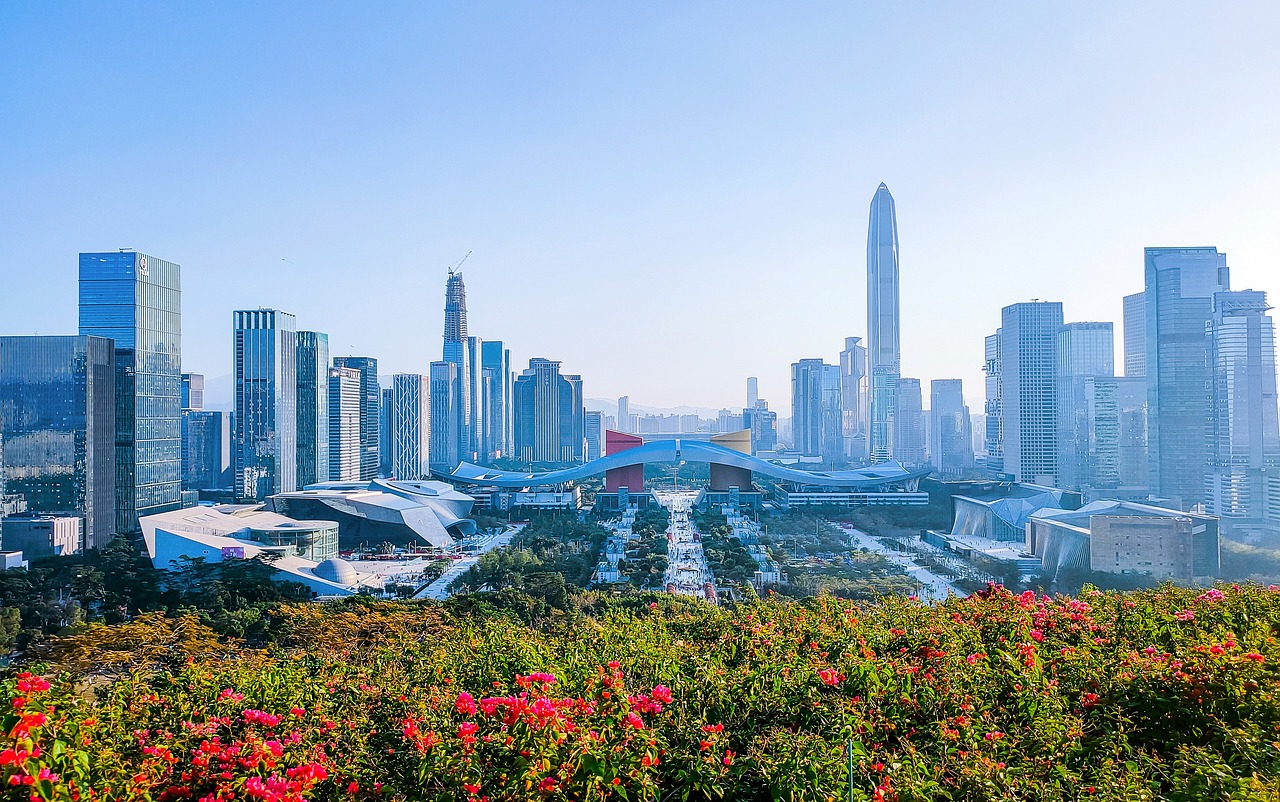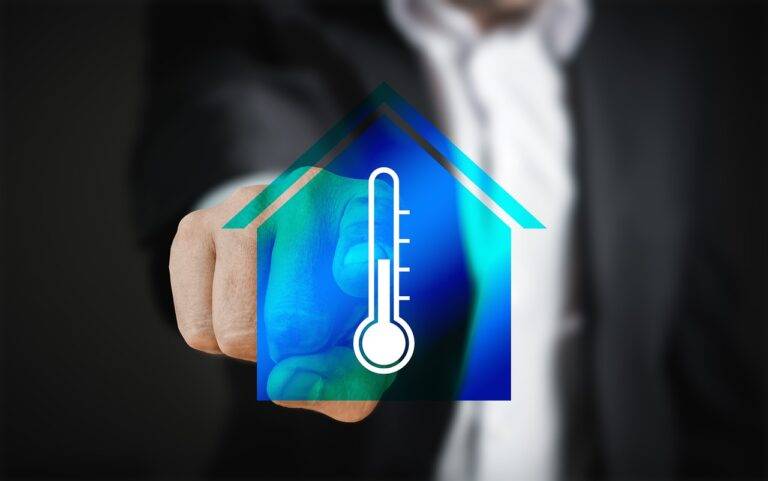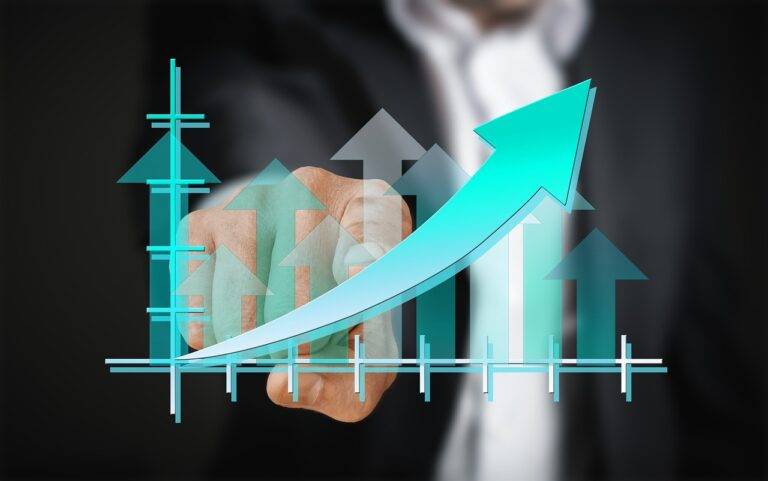The Impact of IoT on Smart Cities Development
The integration of IoT technology in urban infrastructure has revolutionized city planning and management. Through the use of sensors and data analytics, cities are able to monitor various elements such as traffic flow, air quality, waste management, and energy consumption in real-time. This data-driven approach enables authorities to make informed decisions to enhance the overall quality of life for residents.
Furthermore, IoT technology allows for the implementation of smart solutions in urban areas, leading to increased efficiency and cost savings. For instance, smart streetlights equipped with sensors can adjust their brightness based on the surrounding conditions, saving energy and reducing light pollution. Similarly, smart waste bins can signal when they are full, optimizing collection routes and reducing unnecessary emissions from garbage trucks. The seamless integration of IoT technology into urban infrastructure has the potential to create more sustainable and livable cities for current and future generations.
Enhancing Sustainability in Urban Planning through IoT
Urban planning plays a crucial role in shaping the future of cities, with sustainability at the forefront of initiatives. Through the integration of IoT technology, urban planners can gather real-time data on various aspects of city living, such as energy usage, waste management, and air quality. This data provides valuable insights that enable decision-makers to implement more sustainable practices and make informed choices that benefit both the environment and the community.
By leveraging IoT technology, cities can optimize resource usage, reduce energy consumption, and minimize waste production. For instance, sensors embedded in infrastructure can monitor energy usage in buildings, allowing for adjustments to be made to improve efficiency and reduce carbon emissions. Additionally, real-time data on waste management can help authorities implement recycling programs more effectively, leading to a reduction in landfill waste and a more sustainable approach to handling resources.
Improving Efficiency in Public Services with IoT
The integration of IoT technology in public services has revolutionized the way cities operate. By leveraging IoT devices and sensors, various urban infrastructure components such as traffic lights, waste management systems, and public transportation networks can communicate and share real-time data. This connectivity allows for better management of resources, leading to improved operational efficiency and cost savings for municipalities.
Moreover, IoT plays a vital role in enhancing public safety and security. Through the deployment of smart surveillance cameras, emergency response systems, and connected street lighting, law enforcement agencies can monitor high-risk areas more effectively. In times of crisis, IoT-enabled devices can provide critical data to first responders, helping them make informed decisions swiftly. This level of interconnectedness not only enhances the overall safety of citizens but also enables public services to respond proactively to emerging challenges.
• IoT technology has revolutionized the way cities operate
• Allows for better management of resources and improved operational efficiency
• Cost savings for municipalities can be achieved through IoT integration
• Enhances public safety and security through smart surveillance cameras and emergency response systems
• Connected street lighting helps law enforcement monitor high-risk areas effectively
• Critical data provided by IoT devices aids first responders in making informed decisions swiftly
How can IoT technology be integrated into urban infrastructure?
IoT sensors can be installed in various public services like transportation, waste management, and lighting to collect data and optimize operations.
How does IoT enhance sustainability in urban planning?
By monitoring and analyzing data from IoT devices, urban planners can make informed decisions to reduce energy consumption, lower emissions, and improve overall sustainability.
What are some examples of improving efficiency in public services with IoT?
IoT can improve traffic flow by adjusting traffic lights in real-time, optimize waste collection routes, and monitor air quality to ensure public health and safety.





